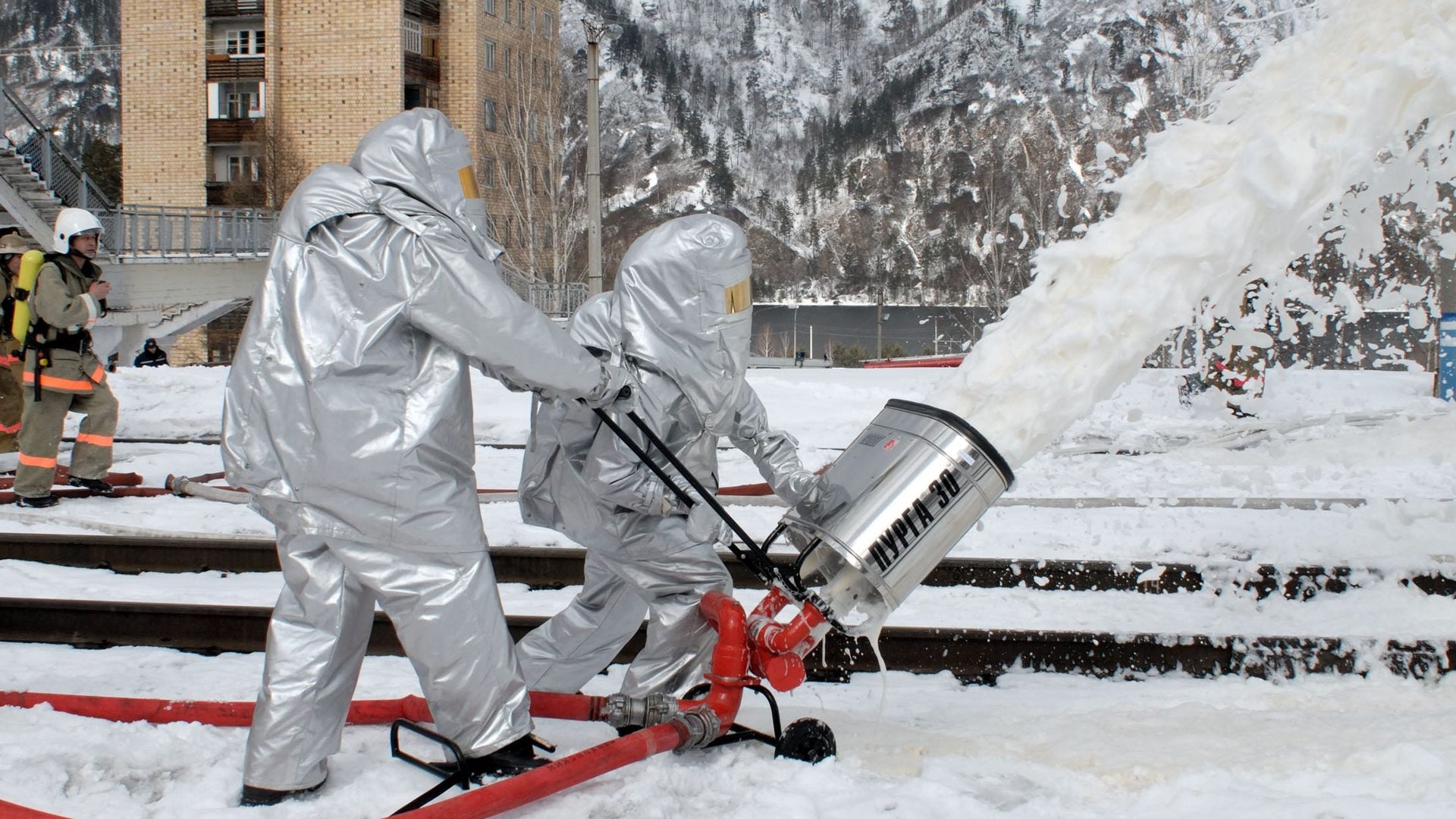Dupont and 3M knowingly contaminated drinking water across the US, lawsuits allege
New Hampshire is the latest state to file suit against a number of companies, including Dupont and 3M, for their roles in a nationwide drinking water contamination crisis. The lawsuit claims that the polluted water is the result of the manufacture and use of perfluorinated chemicals, a group of more than 4,000 compounds collectively known as PFAS.


New Hampshire is the latest state to file suit against a number of companies, including Dupont and 3M, for their roles in a nationwide drinking water contamination crisis. The lawsuit claims that the polluted water is the result of the manufacture and use of perfluorinated chemicals, a group of more than 4,000 compounds collectively known as PFAS.
The suit in New Hampshire, announced on Wednesday (May 29), joins several other class-action and state lawsuits throughout the country.
The complaints alleges that the companies “failed to warn of the dangers of their products.” They also claim that the companies knew that releasing the compounds into the environment “would make groundwater and surface water unfit for drinking.”
PFAS are used to manufacture a wide variety of products, especially anything meant to make surfaces non-stick or heat resistant. They’ve been used to make clothing and shoes waterproof for decades (Gore-Tex, for example, has promised to remove all perflourinated compounds from their gear by 2023—they are referred to as PFCs on Gore-Tex’s website.) The most widely-known compound of the group is PFOA, a perfluorinated compound that is used to make Dupont’s Teflon non-stick pan coating.
Another of these compounds is known as PFOS, and is the main ingredient in widely used firefighting foam, which has lead to widespread contamination around military bases, airports, and firefighter training facilities. The Pentagon has found PFOS in the groundwater or drinking water at 126 military bases so far.
To understand what’s happening here, one has to understand the magnitude of the problem. Over the last decade, many US states—and countries around the world—have slowly realized they have a massive water contamination problem on their hands. PFAS were, and in some cases continue to be, widely used chemicals that do not degrade in the environment, and the health effects of exposure to elevated levels of it are just beginning to be understood.
PFAS are now detectable at low levels in the blood of virtually everyone. The US Centers for Disease Control and Prevention found PFOA in the blood of nearly every person they tested. In the United States, PFAS contaminates the drinking water of about 19 million people in 43 states.
Culpable companies—like DuPont and 3M—knew of the potential health effects but, much like Exxon did with climate change, chose not to make their findings public. Today, studies link elevated exposure to PFAS to heightened cancer risks, infertility, and developmental delays. One study found that young men living close to a PFAS site in Veneto, Italy had smaller penises and lower sperm counts.
Firefighting foam is the focus of the New Hampshire lawsuit, which cites groundwater contamination near the Pease Air Force base, and at several fire stations throughout the state.
The lawsuit names 3M, DuPont, the Chemours Company, Chemguard Inc., and a number of firefighting foam retailers at fault for endangering public welfare through their products.
New Hampshire joins a growing list of litigants. New York and New Jersey have ongoing lawsuits against 3M, Dupont and other companies who manufactured and used PFAS compounds. In 2017, DuPont and its spinoff, Chemours, settled a suit with some 3,500 residents in Ohio and West Virginia, agreeing to pay $671 million for polluting an area around a manufacturing plant in Parkersburg, West Virginia.
Class-action suits comprised of individuals exposed to PFAS-contaminated water have cropped up in Colorado, Michigan, New York, and Pennsylvania. A nationwide claim was filed last year. In 2018, North Carolina settled its lawsuit for $13 million and a requirement that Chemours provide “permanent replacement drinking water supplies” for residents whose wells were contaminated.
This post has been updated to clarify Gore-Tex’s perflourinated compound phase-out: The company eliminated PFOA from its gear in 2013. It has promised to phase out other perflourinated compounds “of environmental concern” from its gear by 2023.